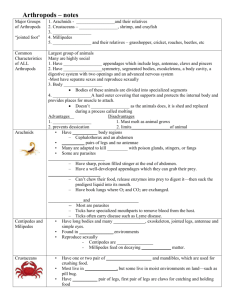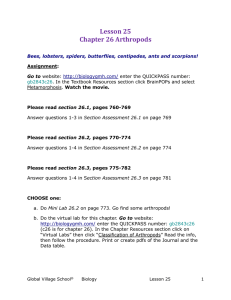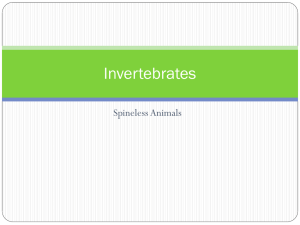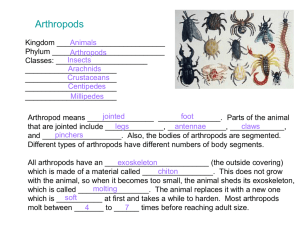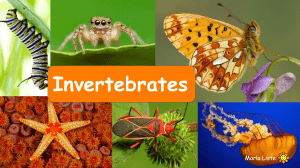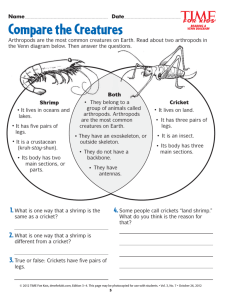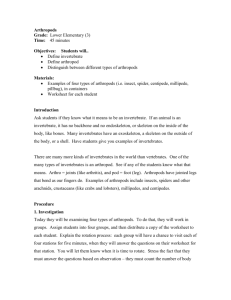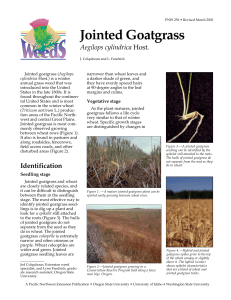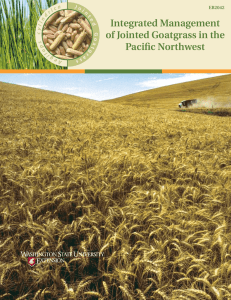File
advertisement
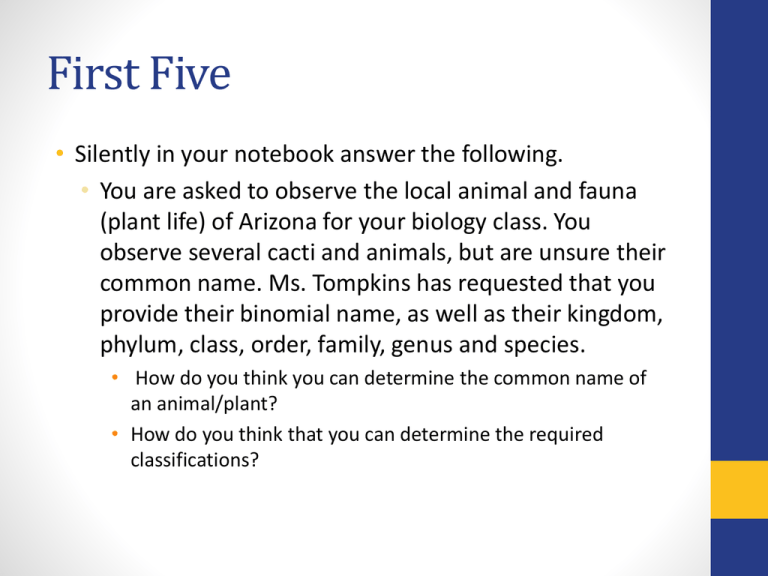
First Five • Silently in your notebook answer the following. • You are asked to observe the local animal and fauna (plant life) of Arizona for your biology class. You observe several cacti and animals, but are unsure their common name. Ms. Tompkins has requested that you provide their binomial name, as well as their kingdom, phylum, class, order, family, genus and species. • How do you think you can determine the common name of an animal/plant? • How do you think that you can determine the required classifications? Announcements • Past Due: Lizard Homework • Due Today M3: Kingdom’s Classification • All other classes HW: Kingdom’s Classification • Quiz on Monday: • You will be allowed a normal sized index card (is worth 1 ec) both sides can be written on • Will cover material from egg hatching to today • Due to some complications please tell me in advance when you plan on staying in the afternoon so I can accommodate. • Check you own grades on powerschool, I will no longer check your grades for you. Phylum Arthropods • Several pairs of jointed legs • Exoskeleton that is waterproof • More arthropods than all other kinds of animals • Include: • • • • Insects Crustaceans Arachnids Myriapods Insects • Successful due to their exoskeleton and trachea: both aid in stopping water from evaporating from the body • Arthropods with three pairs of jointed legs • Two pairs of wings (one or both may be vestigial) • Breathe through the trachea • Body divided into head, thorax and abdomen Crustaceans • • • • Arthropods with more than four pairs of jointed legs Not millipedes or centipedes Breathe through gills Mostly aquatic Arachnids • Live on Land • Arthropods with four pairs of jointed legs • Breathe through gills called book lungs Myriapods • Centipedes and millipedes • Body contains many segments • Each segment has a jointed leg Let’s Talk about Plants • Made up of cells that have a cell wall made from cellulose • Green color is caused by a pigment named chlorophyll that is inside the cell and absorbs energy from the sun • There are roughly three different types Ferns • • • • Plants with roots, stems and leaves Have leaves called fronds Do not produce flowers Reproduce by spores Flowering plants • Plants with roots, stem and leaves • Reproduce sexually by means of flowers and seeds • Seeds are produced inside the ovary of the flower • Divided into two groups • Monocotyledonous plants (Monocots) • only one cotyledon in their seeds • branching root system • veins run parallel in leaves • Dicotyledonous plants (Dicots) • Have two cotyledon in their seeds • Tap root system • Broader leaves • Branching veins in leaves. Viruses • Not considered alive since they can’t do anything but exist • Once inside a host, viruses will take over and produce multiple copies • On their own viruses can’t show any characteristics of life • Viruses have a protein coat Dichotomous Keys • Read along as I read out loud. Let’s Try the Keys Out Poster Time • Each group will be assigned a kingdom. • From their assigned kingdom they should choose a species and show the break down from Kingdom to species (KPCOFGS) • They should also create a dichotomous key • We will spend the last 20 minutes of class presenting the posters. Work on your interactive notebook • Remember on you left side you should have one or more of the following.: • Graphic Organizers • Drawings/Illustrations • Cartoons/Comics • Lab Analysis • Venn diagrams • Foldables Exit Ticket • Write me 1 or more questions (with the correct answer) based on what we learned today.

